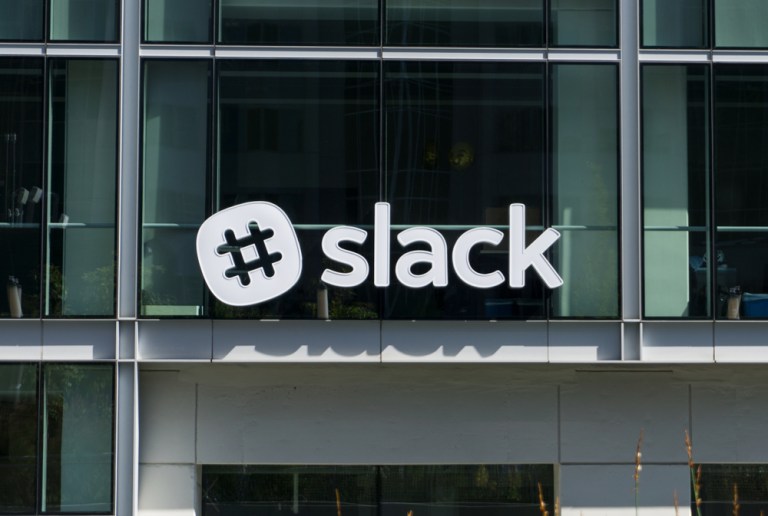Slack Might Forego Traditional IPO Process

Slack Technologies, a popular workplace messaging app, is said to be considering going public through a direct listing, as opposed to a traditional IPO. The Wall Street Journal reported that the company would be the second big-name tech company to do so, following in the footsteps of Spotify in April. Slack is likely to debut in Q2.
A direct listing works differently than an IPO because it completely bypasses underwriting, a process where investors line up ahead of time and buy shares at a set price. In a direct listing, the open market has more say on the price of the shares. Direct listings are rare because no money is raised for the company.
If a company has the luxury of turning down the cash from an IPO, benefits of a direct listing include avoiding large underwriting fees and also lockups that stop insiders from selling for a designated period. Slack may have been emboldened by Spotify’s successful run, the report said.
Slack’s user base is fairly large, with eight million daily users and three million paid users. The company has raised more than $1 billion since its inception in 2013. It also has a lot of cash on hand. Slack raised $427 million in August in a funding round that included Dragoneer Investment Group and General Atlantic, and the company was valued at $7.1 billion. It has previously raised money from SoftBank Group as well. People familiar with the process told the journal that Slack is shooting for a valuation of $7 billion for the listing.
This year will see some other large successful companies go public, including Uber, Lyft and Pinterest.
For its deal, Slack is working with Goldman Sachs, Morgan Stanley and Allen & Company. Those three companies also worked on the Spotify deal, and were paid about $36 million for it.
Although Wall Street is worried more companies will take the direct listing route, the reality is that most companies badly need the cash from a public offering, and even if they don’t, they still need underwriters’ research analysts to garner interest.
Spotify’s direct listing went smoothly, but the stock is still about 17 percent below its initial value.